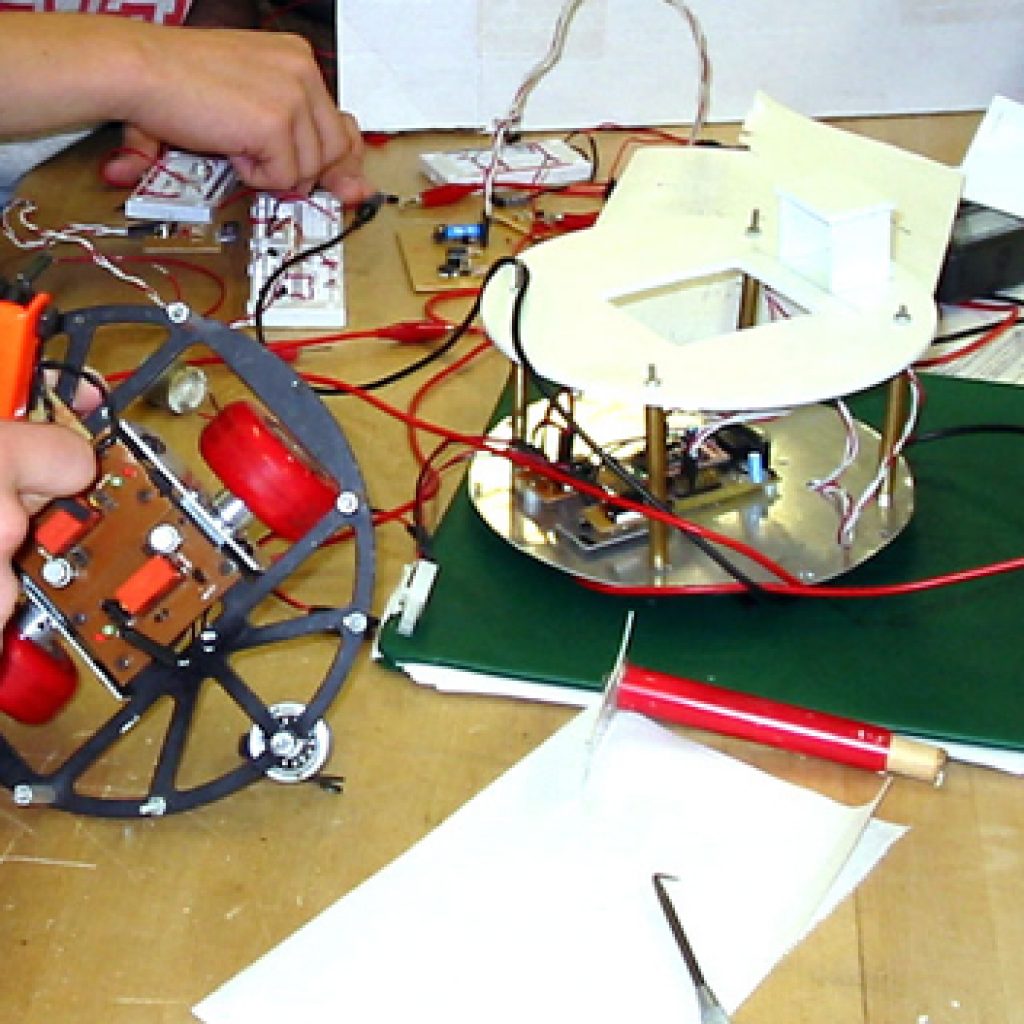If only Facebook created their own Microsoft Exchange
How great would that be? For those of you that are not familiar with Microsoft Exchange, the idea is this: Being able to sync your phone with Facebook. Everyone in your Facebook social graph becomes a contact in your phone.
Some things you could do with such a solution:
- Anytime your friend buys a new phone or changes their number, they simply make the edits themselves in their Facebook account, and the number becomes available in your phone.
- If you add a new friend on Facebook, you can choose to include them in your “Mobile Sync” setting allowing you to choose, whether or not you’d like this new “Facebook Friend” as a contact in your phone.
- Text messages becomes Facebook messages.
- Your Facebook newsfeed becomes a newsfeed on your phone.
I’m probably going to buy the new iPhone when it comes out. In the past, I’ve stuck with Windows Mobile devices because it allowed me to sync my contacts, email, calender, and tasks with my Microsoft Exchange Server (I run MS SBS out of my house). But instead of updating all of my contact information time and again in outlook, I’d prefer a system that utilizes self published user information; aka: Facebook.
As Apple and Google have been addressing the mobile market in new and innovative ways with the iPhone and Android, it seems to me that Facebook is in the best position to capitalize off of the “network” business.
ON A SIDE NOTE: I’ve also been looking for a tool that seemlessly syncs outlook Contacts and calender with my Facebook account, but I haven’t found one yet. This would be ideal.
I hope Facebook comes out with either of these solutions.





